The San Francisco Zoo faces renewed scrutiny after a recommendation report raised concerns about animal welfare as the city prepares to bring in pandas from China next year — a financial venture that is at odds with the zoo’s existing issues.
Research started amid recent investigations by the San Francisco Chronicle, which primarily focused on employee and labor issues. The committee’s concern lies with the welfare of the animals, prompting a separate report to be conducted and presented to the San Francisco Commission of Animal Control and Welfare.
The report was compiled by two advisors from the Joint Zoo Committee, whose role is to gather public feedback on zoo-related issues: Jane Tobin, a member of the Commission of Animal Control and Welfare, and veterinarian Dr. Joe Spinelli.
The report raises numerous concerns, particularly the inadequacy of animal enclosures, some of which are nearly a century old and fail to meet modern standards, according to Michael Angelo Torres, the chairman of the Commission of Animal Control and Welfare, who has served on the commission for the past five years.
One of the report’s primary concerns is the availability of space for the animals to thrive.
“Some of our concerns involve spacing issues. For example, the koala habitat can only accommodate one koala at a time, despite there being three koalas, which means that two of them can’t access the enclosure due to limited space,” Torres said.
Additionally, many enclosures lack areas where animals can retreat for solitude, which is essential for their well-being, as these spaces typically allow animals to destress and spend time away from visitors. Proper enclosure design and conditions are crucial for maintaining animals’ physical and psychological health in captivity.
“As for animals in captivity, a lot of the things you have to think about are whether their needs are being met. While some zoos do try their best, you have to take into consideration whether there is enough space for them and if they are receiving enough enrichment in that space,” said Alyssa Palma, a certified veterinarian.
According to Torres, numerous zoo areas were originally intended as temporary holding spaces for animals. However, these areas have become longstanding, despite not being designed for permanent use.
“There’s also a lot of areas in there that were originally meant to be temporary areas for animals coming in,” Torres said. “However, for whatever reasons, they’ve become long-term enclosures for animals, even though they’re not really intended for that, and they don’t have all the things that are needed for animals to have a happy life.”
After being presented with the report, the commission voted unanimously in support of the recommendations and is now taking the necessary steps to address the issues raised regarding the animals at the San Francisco Zoo.
Panda dilemma: balancing economic viability and animal welfare
In April, Mayor London Breed and the China Wildlife Conservation Association signed a memorandum of understanding (MOU) to bring two pandas from China to the San Francisco Zoo, with their arrival anticipated in 2025.
While proponents of the agreement, including Breed and zoo officials, consider the pandas a significant financial opportunity for both the city and the zoo, concerns have arisen regarding the estimated costs associated with their care — especially given the zoo’s struggle when the zoo already lacks sufficient funding to address ongoing maintenance issues and improve existing animal habitats.
Estimates suggest that housing the pandas could cost around $25 million, with ongoing expenses for food, veterinary care, and a rental fee of approximately $1 million per year for the pandas from China.
“It’s a great financial expense; we’re looking at millions and millions of dollars. There’s lots of concern about bringing in new animals, and some people believe it’s not right to bring pandas here,” Torres said. “One of the bigger concerns is that the zoo needs a lot of fixes. Is it appropriate to bring in another animal — which is going to cause a lot of expenses — when there isn’t enough funding to take care of the current enclosures of the current animals?”
Palma — who believes that zoos can be more detrimental to animal welfare if the facilities haven’t been updated — noted that, according to her findings about the zoo online, many enclosures fail to meet even the minimum requirements.
This contributes to her belief that zoos should improve existing enclosures to better accommodate animals before considering expanding or introducing new species.
“I think a lot of that money could be focusing on just upgrading the ones they currently have, just because I don’t think there’s any benefit. It doesn’t fix anything. You’re just bringing in another issue or just another responsibility to sort out when you can’t even take care of the ones you currently have,” Palma said.
Some advocates of the introduction of pandas believe that the zoo will generate sufficient revenue from the pandas to cover their costs and allocate additional funds for repairs to other enclosures. However, this outcome is not guaranteed.
“Nothing has proven that bringing in pandas will necessarily generate additional revenue for the zoo. Generally, when any event attracts a large crowd, you might see a surge in attendance for the first few years. You may get that funding and a lot of extra revenue during that time. However, chances are it won’t happen for the full duration,” Torres said.
This situation has precedent; some zoos have previously been unable to generate the necessary revenue to care for giant pandas.
Recently, in September, a zoo in Finland agreed with Chinese authorities to return two giant pandas that were supposed to be on loan until 2033. However, the zoo was forced to return the pandas more than eight years ahead of schedule due to the rising costs of maintaining the pandas amid declining visitor numbers.
This instance highlights that despite their popularity, a financial boost is not guaranteed when bringing in giant pandas.
While raising ticket prices could help cover such expenses, this approach also risks creating socioeconomic barriers for visitors.
“It’s a bit difficult because raising admission prices also limits other people from attending the zoo or going to the zoo because it is already quite expensive. I’d be happy to pay more to attend, but I can already see how it’d prevent others from going,” Palma said.
Ongoing debate: the current existence of zoos
While concerns about the condition of the San Francisco Zoo persist, the ethical debate regarding the existence of zoos in their current form remains highly controversial. Zoos must navigate a balance between educational benefits, conservation efforts, and the overall welfare of animals in captivity.
According to National Geographic, the origins of zoos can be traced back to ancient Egypt, where they were private collections — menageries — used to display wealth and power, with evidence of their existence dating back to as early as 2500 B.C.
Zoos have since evolved into educational tools for the public of all ages. One of their key advantages is that they allow youth to see these creatures in real life rather than just in books or on screens.
“Zoos provide extremely valuable educational experiences for the kids. They see them on the TV, and it’s great for them to get up close and interact with them, even if it’s from behind glass,” said Akil Dailey, a father and first-time visitor of the San Francisco Zoo.
Although Dailey has only been to the San Francisco Zoo once, he and his family make it a point to visit their local zoo at least once or twice a year. During his visit, he expressed concerns about the snow leopard’s well-being in the warmer climate but emphasized the overall benefits of visiting the zoo for his children.
Dailey’s sentiments are echoed by another visitor who brings his young children to the San Francisco Zoo about three times a year. Like Dailey, he expresses concerns about the animals, particularly the wolf enclosure, finding it difficult to watch the wolves run in circles. However, he feels that the overall benefits of the zoos and the enriching educational experiences they provide balance out these worries.
Others find that zoos’ educational value and effectiveness in promoting animal welfare can vary significantly depending on the individual facility.
“Zoos are a bit of a double-edged sword, aren’t they? They’re great for helping so many people learn about different animal species and what they need from us, and they also function as rehabilitation centers for tired and rescued animals. But it’s starting to seem very zoo-dependent,” Palma said.
Palma, a U.K.-based veterinarian who grew up in the Bay Area, has visited the London Zoo and noted a noticeable difference in zoo quality in her new residence. She observed that some animals at the London Zoo appear content and exhibit natural behaviors, such as running, eating normally, and socializing as they would in their natural habitats.
“Since these are animals that I haven’t seen in the wild, I don’t know to what extent is normal or how frequently they express those behaviors, but I think the standards are pretty good, especially here in London,” Palma said.
During her college years, Leigh Senci, a University of Pittsburgh graduate with a background in biological sciences, chemistry, and economics, gained hands-on experience in zoological and wildlife institutions. Through her work at both the St. Louis Zoo and the San Antonio Zoo, she observed how each facility’s resources and practices directly impacted animal welfare.
“Whether a facility is successful at keeping the animals happy varies depending on the facility. The enrichment aspect is huge. They try to ensure the animals are mentally stimulated so they don’t become depressed. Depending on the capability of a particular zoo, that goes well, or it doesn’t,” Senci said.
According to Senci, animals are kept in their holding areas at the St. Louis Zoo, a world-renowned facility, only at night for their safety or during adverse weather. In contrast, some animals at the San Antonio Zoo are kept off display in conditions that could be considered questionable.
“At the San Antonio Zoo, some animals weren’t displayed and were kept behind the scenes. One area in particular was dark and small, and the types of animals they held back there made me think, ‘There’s no way these animals like this,’” Senci said. “There was a certain type of monkey that was held back there. While they try their best, I don’t think these animals should be here, especially those as intelligent as primates.”
While concerns about the adverse treatment of animals exist at specific institutions, there is a balance that contributes to the ongoing debate. Many modern zoos prioritize research and conservation efforts alongside their historical role of helping people care about animals they might not otherwise see, such as savannah animals from Africa.
“Depending on the facility, they have programs designed to release the animals back into the wild before they become accustomed to zoo life when they can, and make sure that the genetic diversity is maintained,” Senci said.
The question of zoos will likely remain a gray area as the future approaches, with some species suffering from global warming and human impact. While there is a growing shift toward using animals for public purposes that align with conservation efforts, there is also increasing opposition to animal entertainment, which is expected to fade out.
“Sea World and everything are kind of on the way out. When you put animals with huge ranges, like orcas, for example, in a fish tank, I don’t think that’s appropriate at all. I don’t think conservation efforts are necessary for an animal like that,” Senci said.
It seems that with the questioned existence of zoos, facilities — especially those with outdated enclosures and in need of infrastructural improvement — will respond to public feedback by updating their standards.
This process is already happening at the San Francisco Zoo, as the recommendation report has received a response from City Hall.
According to Torres, Supervisor Myrna Melgar, who represents the district where the zoo is located, has made a motion for an audit to be conducted. Although it has yet to go before the entire San Francisco Board of Supervisors for a vote, there is expected to be enough support from other supervisors for the audit to pass.
“The situation with zoos is complicated regarding what zoos could be, what we’d like them to be, and what funding allows them to be. Sometimes, zoos overextend themselves as far as what they think they can do versus what they can manage, financially and morally. It’s one thing they need to be aware of because nobody wants an animal in an unsuitable place,” Torres said.


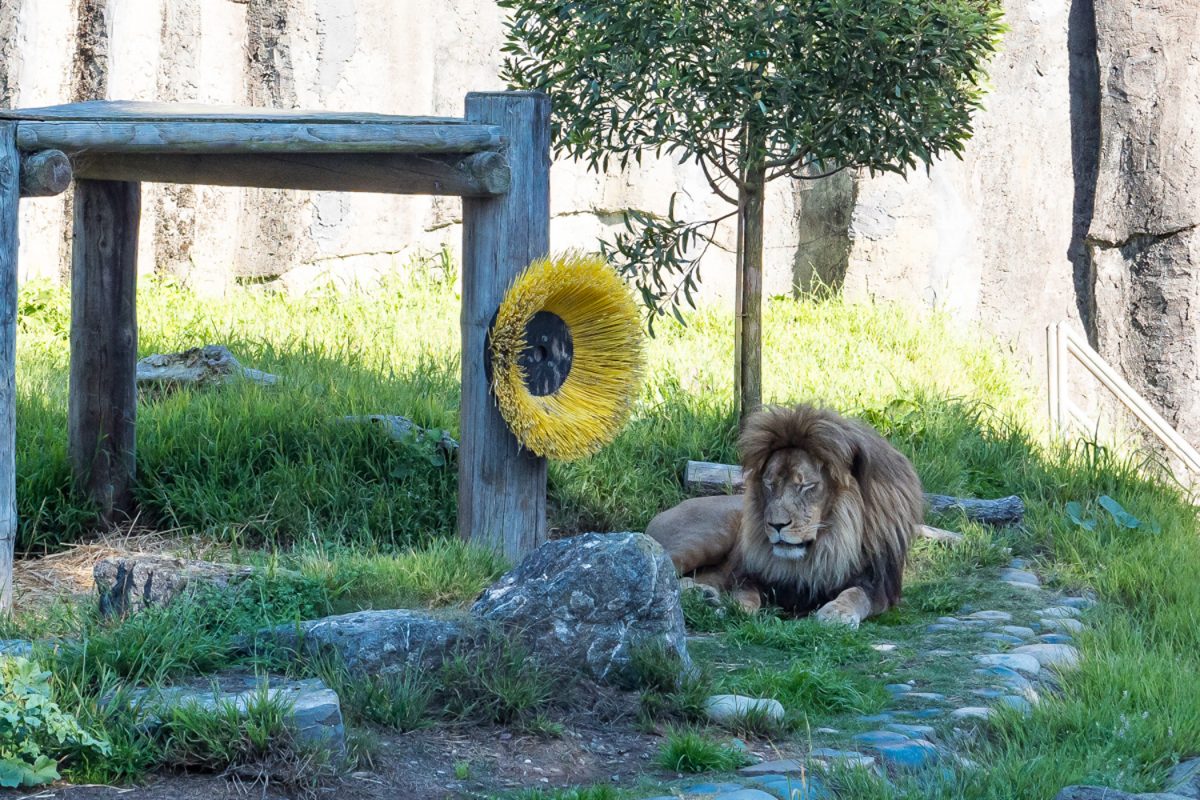

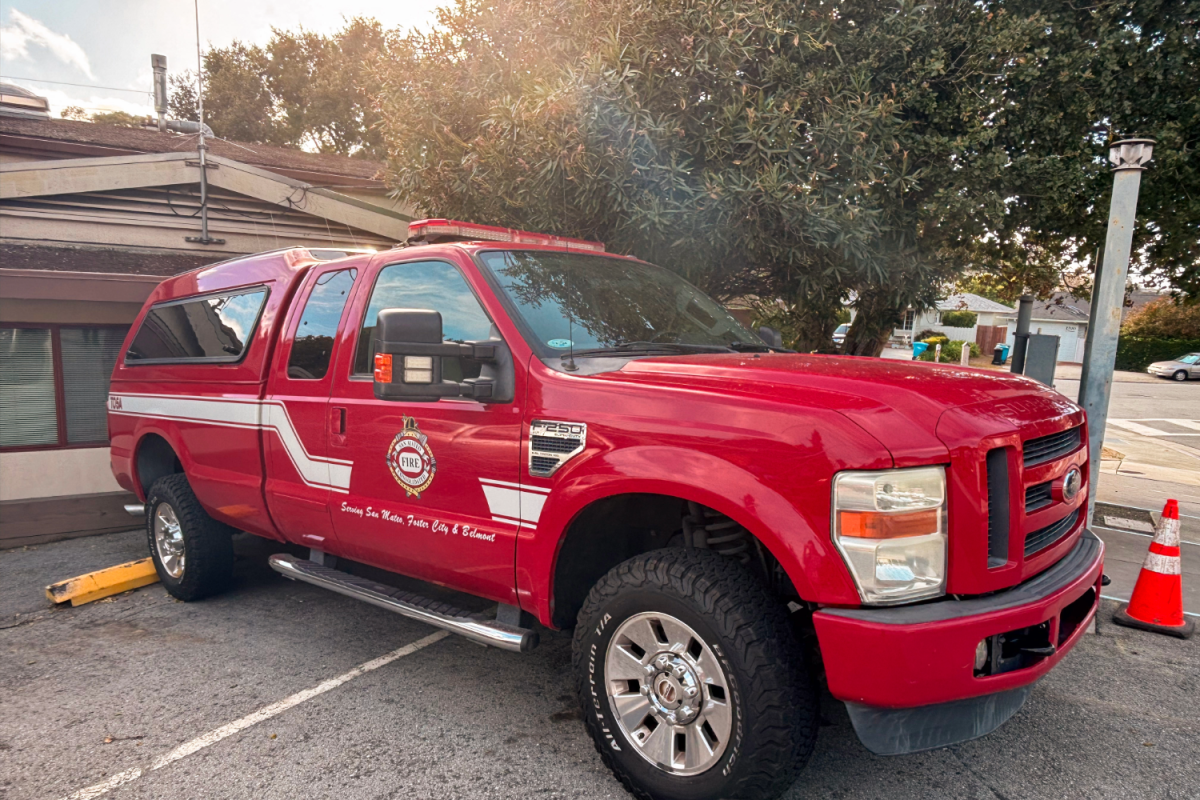



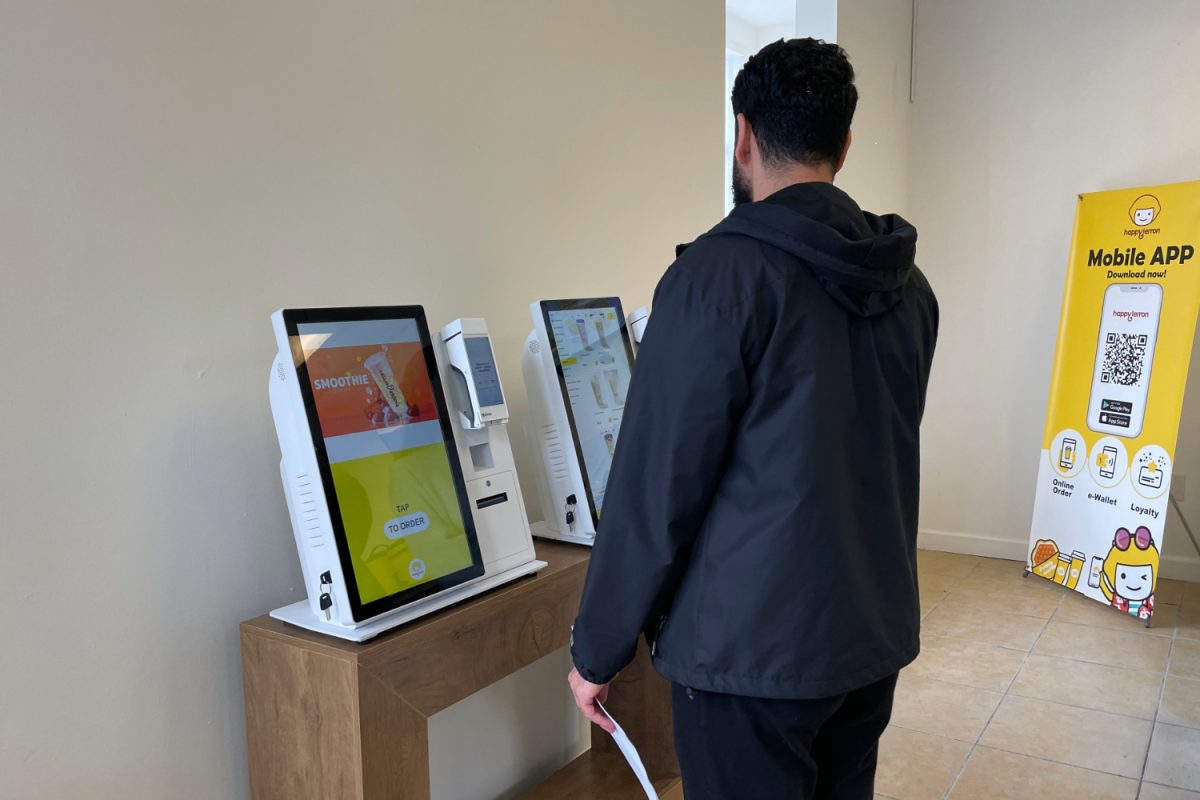
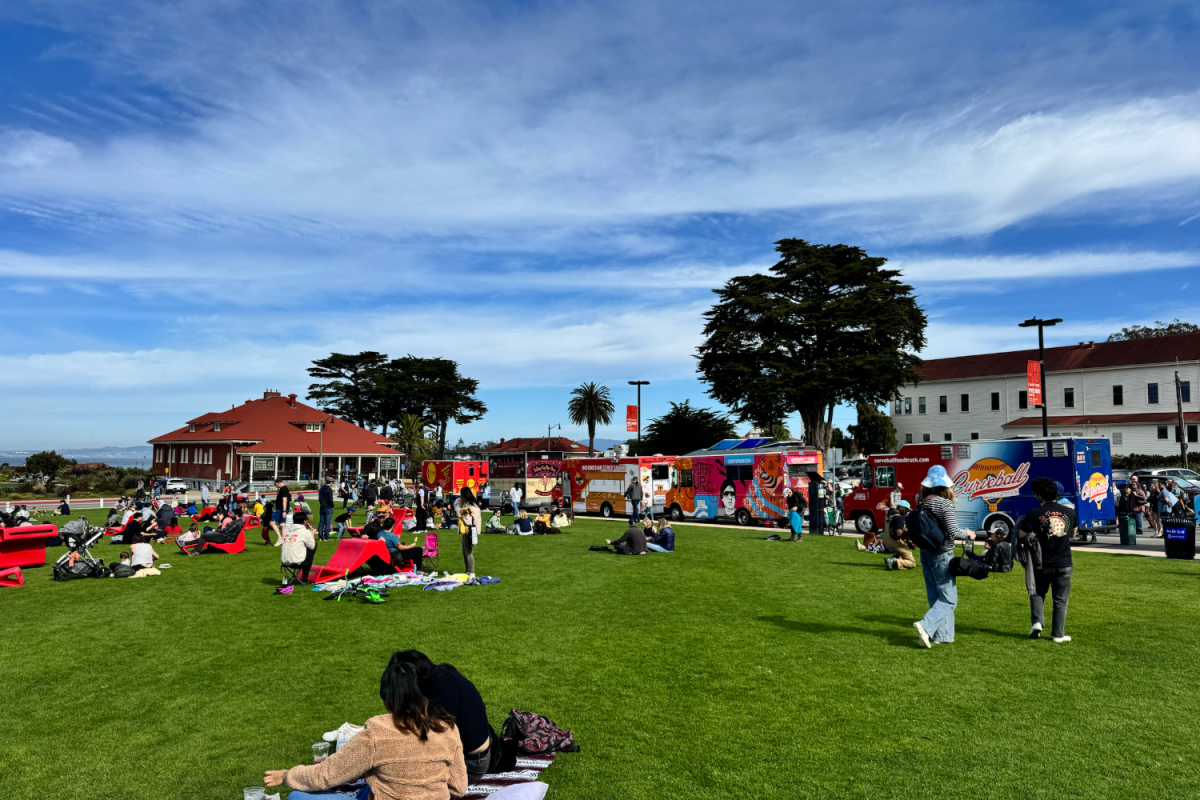

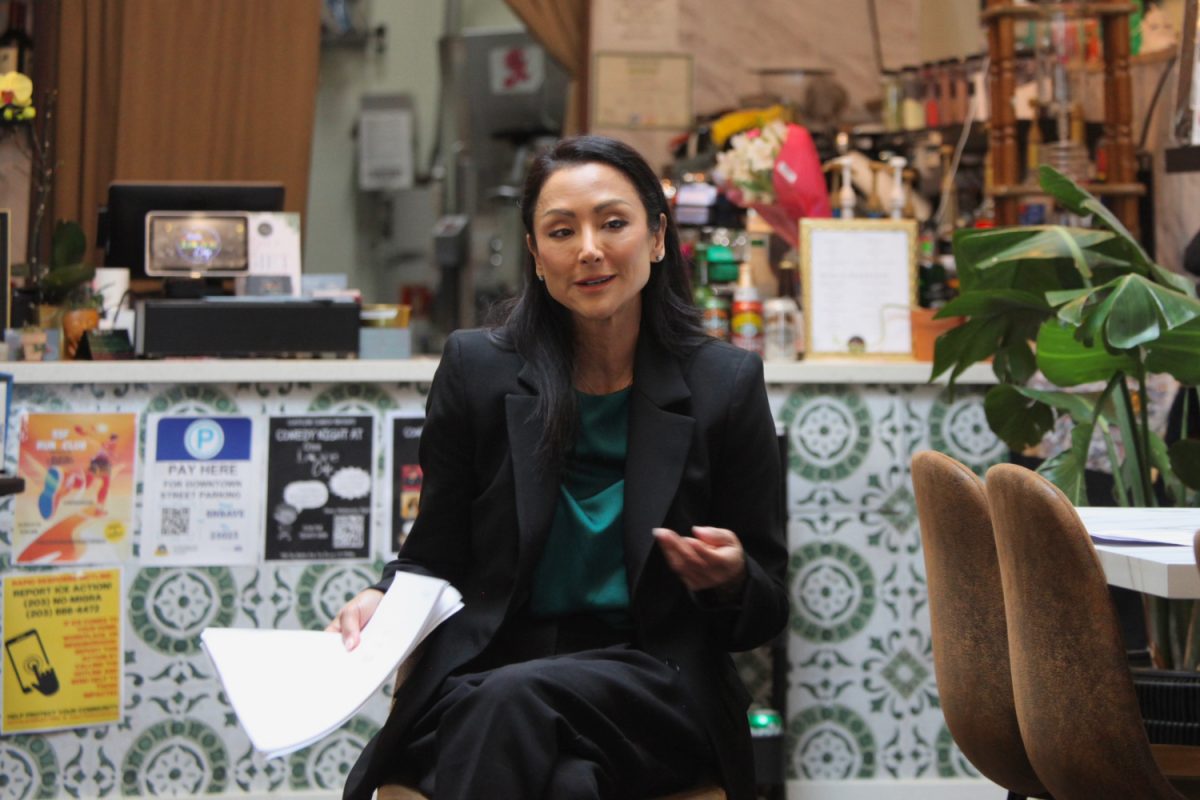
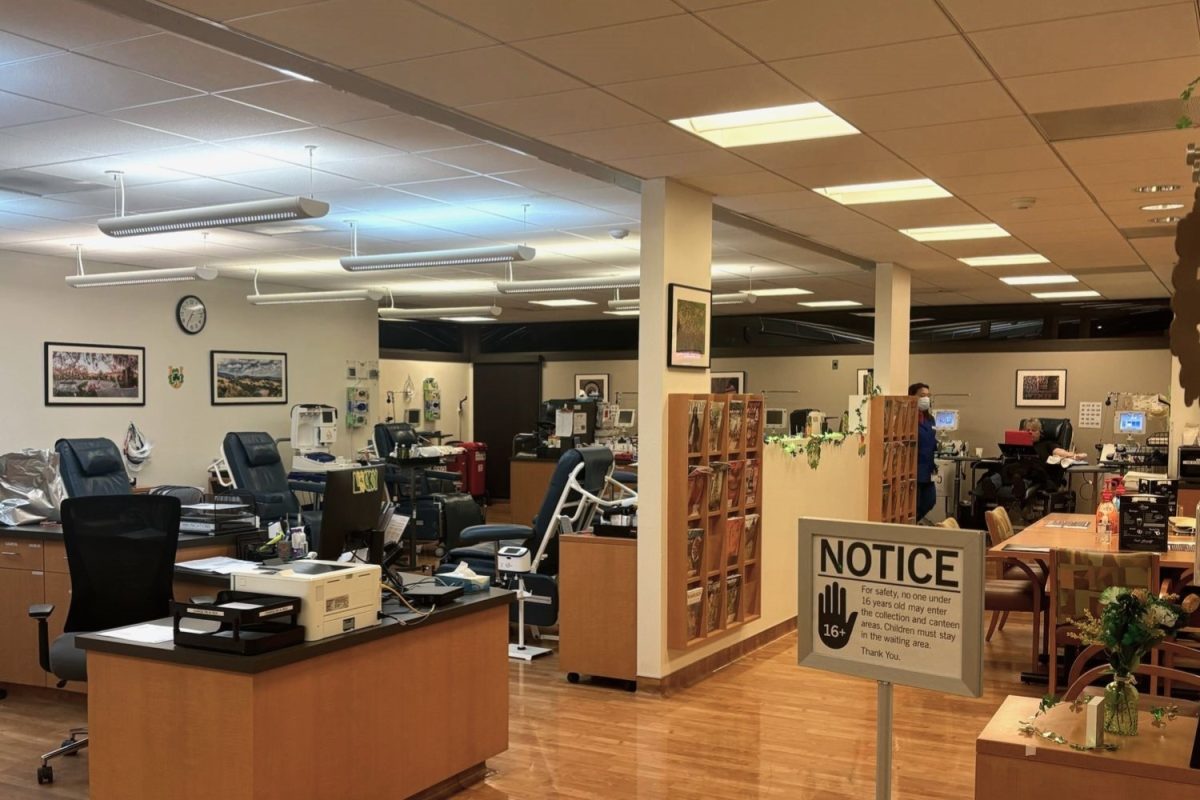
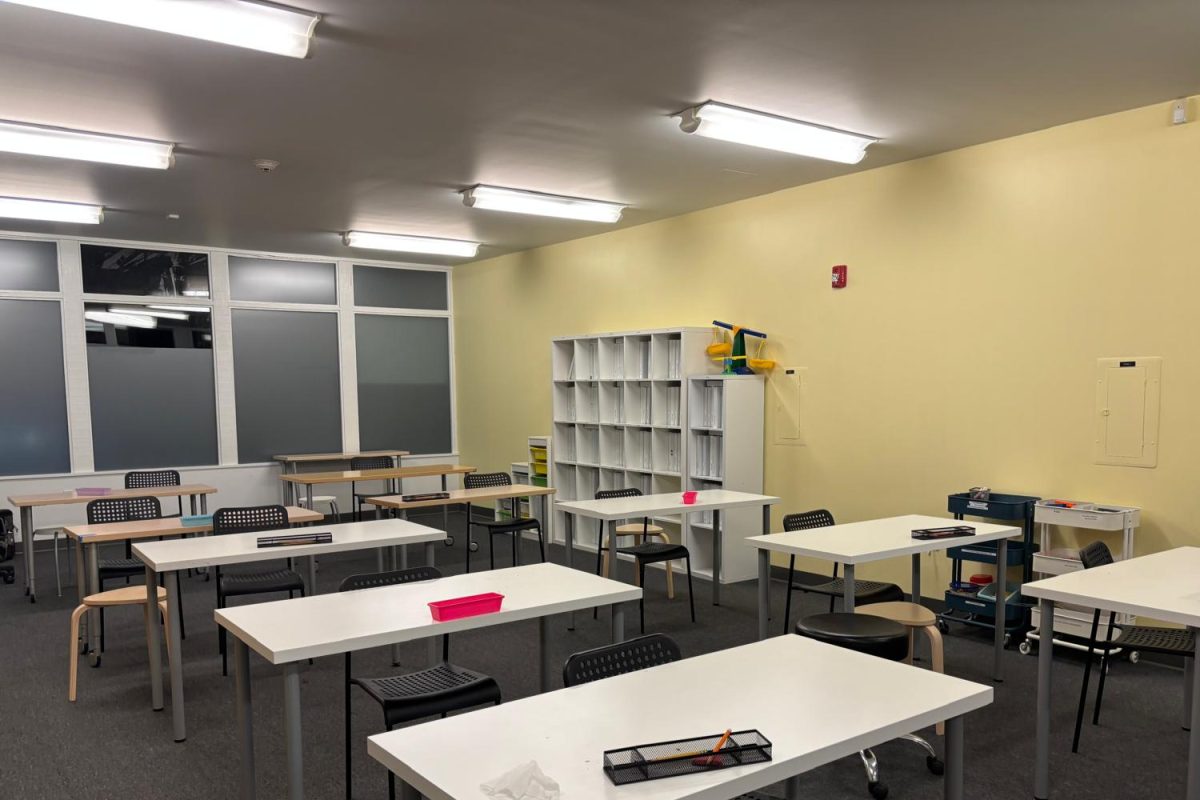

Isabelle Ling • Oct 30, 2024 at 12:55 pm
I love reading all your work. Big fan.